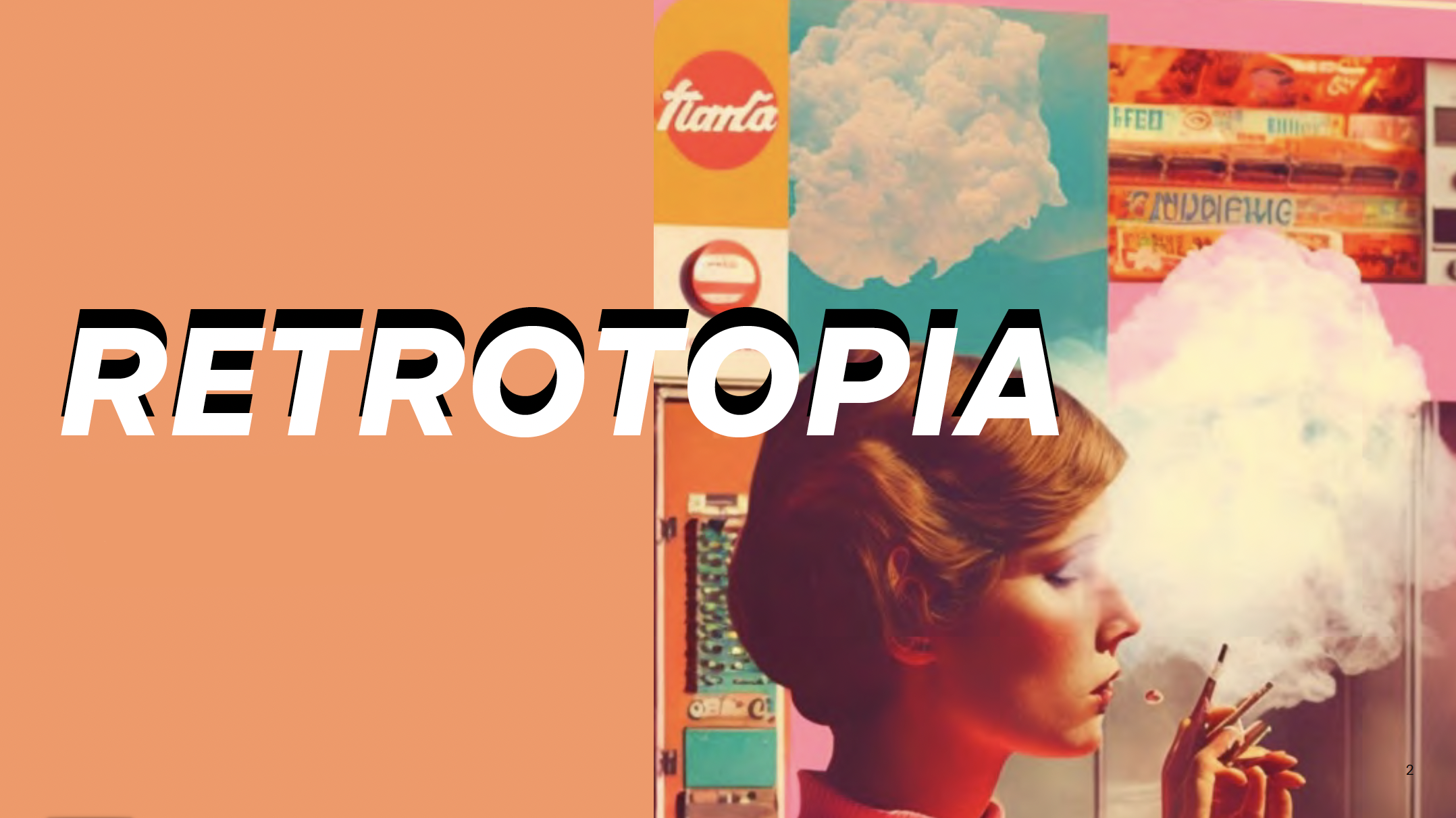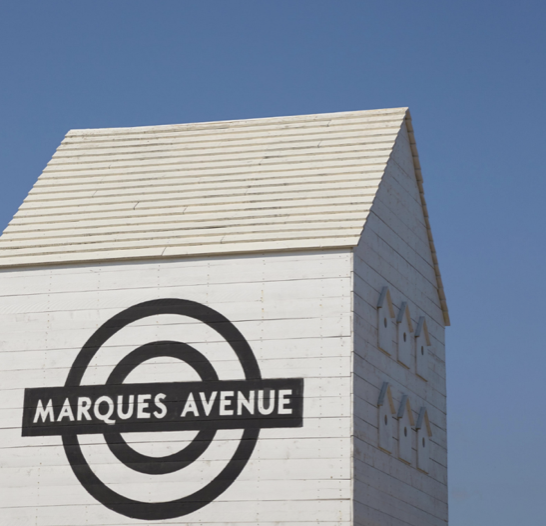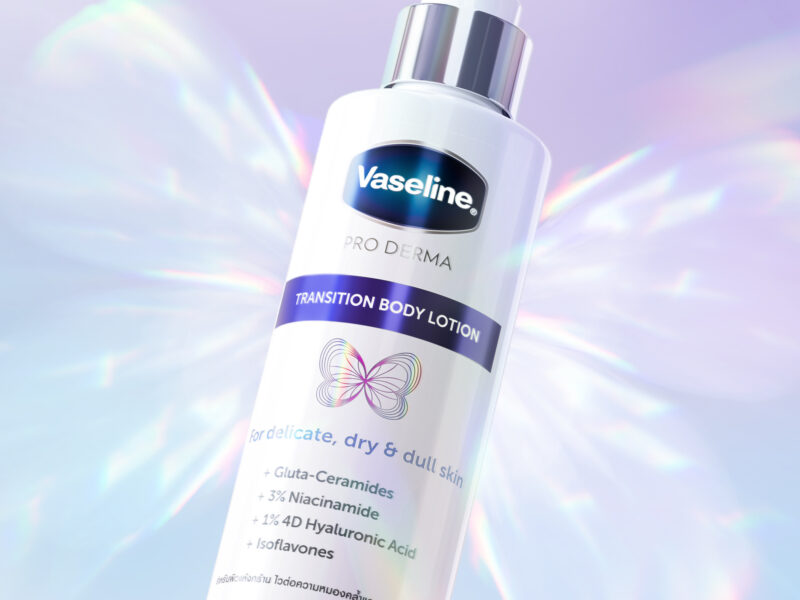
When brands of yesteryear become the future
After being away for a decade, Bonux, the “washing powder with a thousand gifts”, is back on the shelves, and intends to live a second youth. In fact, everyone has noticed that a wind of nostalgia has been blowing across the shelves of supermarkets recently. After the return of (the real) Figolu in 2020, big brands such as Minidou, the powdered drink Tang or the Merveilles du Monde chocolates have re-emerged on supermarket shelves. And as announced by Mars Wrigley, we eagerly await to see Raider in Germany this summer with a retro edition, and powered by The HEINEKEN Company, Pelican beers which should return to shelves in September.
These brands, which have been abandoned for a while (but not forgotten) are indeed benefiting from a formidable notoriety accelerator to, again, break through mature markets. Nostalgia today is clearly a marketing argument with the fifty and forty-somethings, for whom these brands act as a reassuring blanket when times are hard and the future uncertain. By reactivating this emotional link with childhood, it satisfies a need for security. As consumers seek refuge in the comfort of the past, looking back becomes a source of positive inspiration. This is true even for younger targets who do not have direct experience of that era. It is exonostalgia, a second-hand nostalgia, transmitted through stories and images of the past.
Welcome to the world before
For brands, nostalgia is more than a return to the past, it becomes a source of renewal and creative inspiration. It creates the opportunity to celebrate their heritage and values, to unite generations, but also to innovate by strengthening the links with their audiences.
How can nostalgia be used as a vehicle for renewal? The trend can be observed on several levels, through the reincarnation of strong iconic brands that were once thought to have disappeared, such as Bonux, through the return to old brand identities – the recent rebranding of Pepsi comes to mind – or through brand territories that play on the codes of a bygone era, like Printemps Land.
At Lonsdale Design, we have analysed four key trends in branding and packaging codes and signs to make this revival a success:
1. Never grow-up: nostalgia for the everyday past, like the Peter Pan syndrome, for the innocence of childhood, often idealised; in this case, it satisfies a need for security and carefreeness through the consumption of brands with a playful and regressive character. This results in joyful brand postures, which offer adults a return to transgressive childhood, regressive identities, and narrative brand territories that capitalise on the imagination, following the example of Milky Way. In terms of innovation, we can see the return of cult recipes or the appearance of products or galenic pleasures that have been hijacked, such as food supplements in the shape of gummies.
2. That ’70s show: nostalgia for a bygone era, a return to the hedonism and positive values of the hippie years. In some cases, this is a posture for brands that did not live through this era, such as the packaging of LA VIE™ vegetal lardons, which claim to have this positive and unifying aesthetic, carrying values around inclusion. For others, this retro 70s aesthetic allows the reactivation of their iconicity and their “cool attitude”. In terms of innovation, the inspiration comes from the psychedelic wave. After the numerous CBD-based products, it is now the turn of adaptogens to make their appearance.
3. Neo-tradition: the nostalgia of a bygone era, which contributes to a need for memory via the attachment to brands representing a “better” era. After all, it is in old jars that the best jams are made, they say. Merveilles du Monde is part of this back-to-basics movement, as is Danone, when the brand relaunched 1919 “inspired by the original recipe created by Isaac Carasso in his porcelain jar”. Heritage brands like Pasta La Molisana, surfing on the quest for reference points and authenticity, are reinventing themselves to highlight their heritage, their roots and their know-how. They display an assertive, resolutely neo-traditional brand identity, assuming their roots and adopting authentic codes that have been revisited and refined, thus strengthening their credibility. In terms of products, it is the return of the good sense of tradition, such as fermented products with numerous virtues, or even kits for making natural cosmetic products – one only has to look at the success of Aromazone to be convinced of this.
4. Collective memories: when brands that have left their mark on people’s minds reactivate the memory of generational cultural experiences, nostalgia responds for consumers to a quest for independence, satisfied by the attachment to brands that are decisive in the construction of their identity, and which have become timeless. We are thinking of Minidou and Bonux, already mentioned, but also Tropico or CACOLAC. “40 years in the rain and still a banana” says K-Way. It is also the return of iconic signatures such as “Lapeyre, y’en a pas deux” a few weeks ago, which the brand had nevertheless abandoned in 2017, the comeback of Danette “toujours debout”, or of the music MOUSLINE.
Brands are pushing their iconicity through the construction of ever more powerful identity assets, conducive to limited editions.
But is this enough to re-establish a brand and return to the forefront in the long term? What is certain is that those who succeed in doing so will be those who propose a modernised version, likely to seduce the new generations too. After all, the trend seems to have a bright future ahead of it if the hashtag nostalgia has been mentioned over 20 billion times… on TikTok !
Partner of Lonsdale


